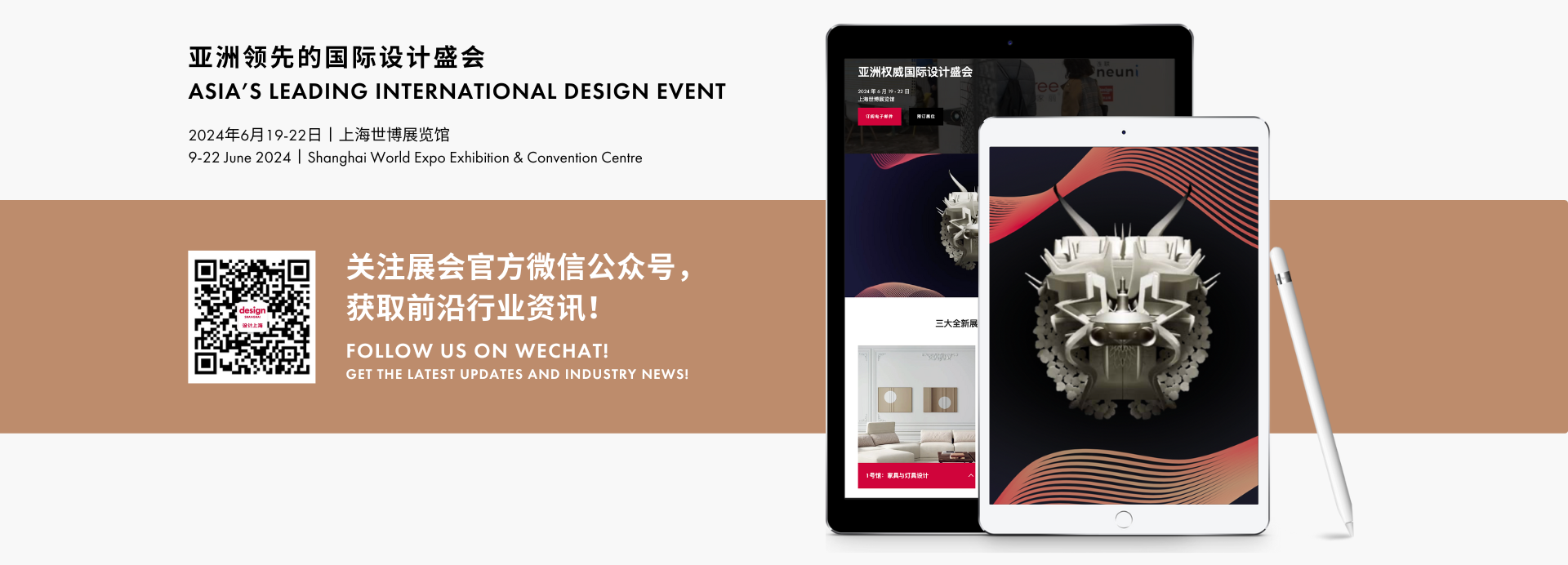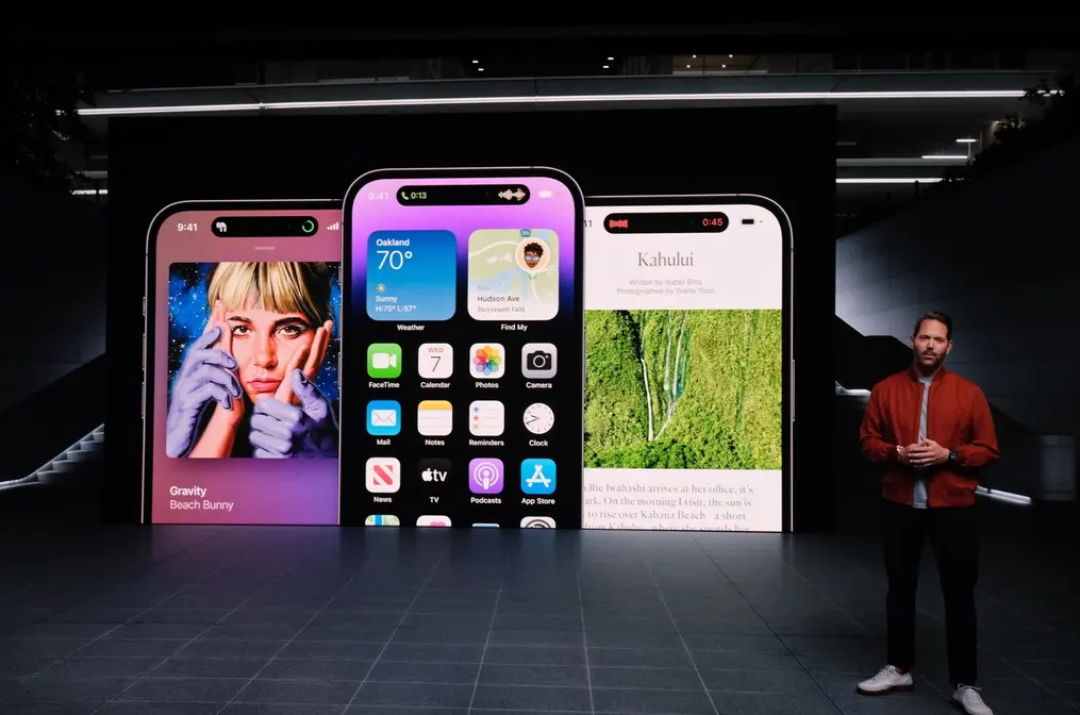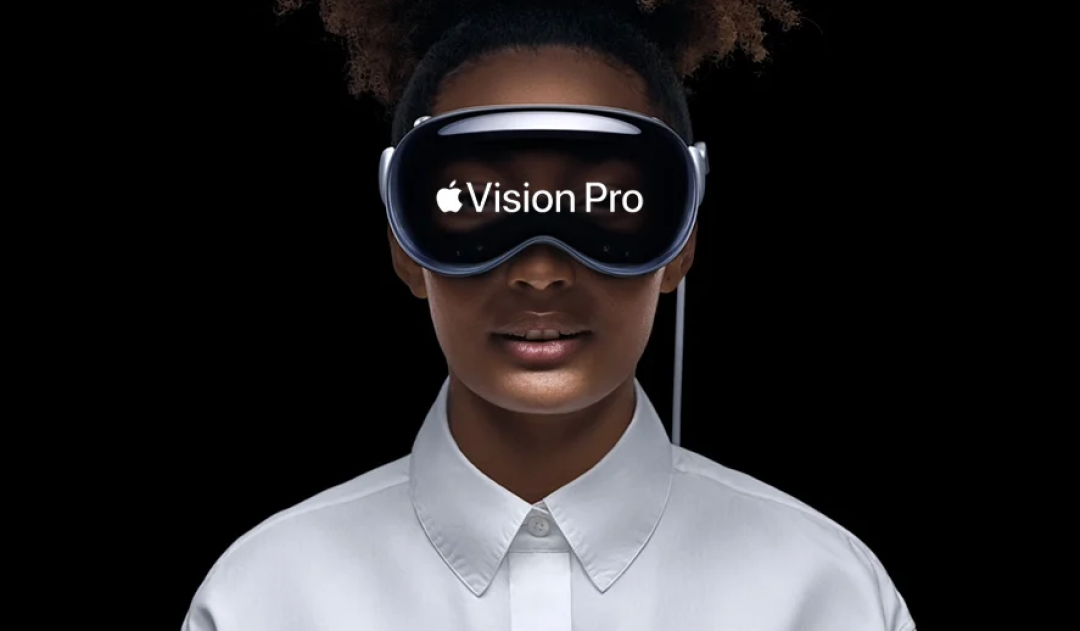Will Apple's Design Continue to Shape Our Era?
)

Will tonight's Apple event bring the same impact as before? In 2007, the first Apple event emerged, stunning the world and setting the stage for what has become a global celebration of technology every year since.
From iMac to iPod and iPhone, Apple has become the epitome of a brand that seamlessly blends high-tech innovation with elegant simplicity. Referred to humorously as "half a design company," Apple owes much of its success to two individuals - Steve Jobs and former Chief Design Officer Jony Ive. Together, they pioneered a groundbreaking design language that has shaped Apple's identity: be it their distinctive products, the operating systems running on these devices, or the simplicity in which they communicate as an ecosystem. This unique industrial design has united approximately 1.8 billion people worldwide (as of 2023), all sharing the Apple ecosystem.
Tim Bajarin, a journalist for TIME, reflects on this journey:
"I met him (Steve Jobs) on the second day of his return to Apple, during a very dark period in the company's history. Apple was losing $1 billion, and bankruptcy was only two months away. When I asked Jobs how he planned to save Apple, he told me his first priority was to take care of his core customers, meaning Mac users who used these devices for graphic design, desktop publishing, and engineering.
But the second thing Jobs told me was surprising: he said he would start focusing on industrial design. I remember being puzzled by his statement - I couldn't fathom how industrial design could save Apple. Of course, just a year later, Jobs introduced the candy-colored iMac, forever changing the face of personal computers. Subsequently, Jobs made design the core tenet of Apple's future, turning iPod, iPhone, and iPad into fashionable artworks, undoubtedly helping Apple become the behemoth it is today."
Looking back on these nearly two decades, how has Apple, piece by piece, changed this era, especially considering our increasing dependence on smartphones?
Simpler, Smoother
Steve Jobs and Jony Ive consistently emphasized one crucial design principle: simplicity. This was the foundation of their collaboration, as Jony Ive described his perspective on the concept: "Simplicity is not just a visual style. It's not just minimalism or the absence of clutter. It involves digging through the depth of complexity. To be truly simple, you have to go really deep… You have to deeply understand the essence of a product to be able to get rid of the parts that are not essential."
To achieve this simplicity, designers need to follow principles such as aesthetic integrity, consistency, direct manipulation, feedback, and user control. By mastering these themes and principles, Apple designs the iPhone to be simple, consistent, and user-friendly.
This philosophy is reflected across Apple's entire product line and has helped shape the tech world as we know it. For instance, the first-generation iPhone abandoned many small and cumbersome keyboards found on other phones because a full-screen design was simpler and more meaningful. In recent years, iPhones have not only lost the iconic home button but also witnessed the notch becoming increasingly narrow.

Taking "simplicity" to its extreme also means precisely understanding consumer psychology. This is evident in Apple's interactive design on iOS - embedded gestures absorb many operating methods from people's psychological experiences. For instance, in the iOS operating system, embedded operation modes absorb many operating methods from people's psychological experiences. During the phone display process, swiping from right to left moves the display content to the left, and vice versa.
An easily overlooked detail is that when clicking on applications or images, the enlarged animation starts from the location of the icon, not uniformly appearing from the center of the screen. This "intuitive" design aligns perfectly with our experiences in daily life, making us feel like we're operating a physical entity rather than virtual content.
More importantly, Apple's ecosystem consistency creates an unbreakable loop: after purchasing an iPhone, you are more likely to buy an iPad or MacBook.

However, Ive and Apple's associated minimalist design philosophy has always had its drawbacks, both in functionality - disappearing ports and the infamous ultra-thin "butterfly" MacBook keyboard - and in environmental considerations: the sleek aluminum unibody design is not conducive to individual repairs.
From Rounded Design to Sharp Edges, What Will Apple Choose This Time?
In 2008, a Reddit user posed a question: "Why did Apple go back to flat edges?"
From rounded frames to the striking square iPhone, through several generations of updates, and now returning to square designs. Besides smartphones having larger screens, we can also observe a more visible pattern of change - Apple's design trend is cyclical.
According to leaked information and CAD, the iPhone 15 Pro and Pro Max to be released tonight will have the narrowest bezels in the history of smartphones, thanks to a new low-pressure injection molding process inspired by the Apple Watch. Simultaneously, the iPhone is very likely to return to rounded edges.
Predictably, Apple may develop a warmer design language over the next decade to break away from the cold, mechanical language of Cupertino (where Apple Park is located) since the 2010s.
Perhaps we no longer need the "high-tech aesthetics" of cold machines, as Ivy Ross, Google's Vice President of Hardware Design since 2016, acknowledges - aesthetics are not about making devices look pretty but about "activating your senses, and our society has become a bit flattened."
Empathy in Design, Making Design Accessible
As the most renowned tech company in the industry, Apple is not only praised for its exquisite design but also for embodying a design aspect that is easily overlooked - "empathy."
Apple's iOS accessibility features are considered one of the best in mobile devices, and the popularity of the iPhone has prompted competitors in the market to adopt similar features. Without a widely popular platform like the iPhone significantly increasing accessibility features, accessible design might not be as widespread as it is today.
Over the years, the designs of iOS and macOS have taken accessibility into account. Accessibility features (including color inversion, mono audio, and VoiceOver) first appeared in iOS in 2009 and have since continued to evolve.
One of these features is VoiceOver, which accurately describes the content on the screen for users and can be described in Braille form. You can connect a refreshable Braille display to your Apple device via Bluetooth, or use "Braille Screen Input" to input Braille directly on the touchscreen. The Braille is automatically converted to regular text on the Mac's caption panel, allowing sighted users to read along with the description.
Wearable Technology, Mobile Reality
In June 2019, Ivy announced her departure as Apple's Chief Design Officer. After 27 years at the company, she and industrial designer Marc Newson founded a new design company called LoveFrom, leaving Apple five years later.
This left Apple with a significant question: who can replace Jony Ive? Today, Apple welcomes its first female Vice President of Industrial Design, Evans Hankey, and Vice President of Human Interface Design, Alan Dye, who will manage the design team. One significant shift they bring is Dye's development of the visual language for watchOS.
Although tasked with continuing and evolving Ive's design aesthetic, their job is far from simple replication. Starting from the removal of the 3.5mm headphone jack, Apple's purposeful and visionary design has laid the groundwork for subsequent mobile devices. AirPods and Apple Watch have had a tremendous impact on other areas of the tech industry, and products like AR glasses and cars, along with Apple's services, will define the design of the next decade. Apple Vision Pro, the AR glasses released earlier this year, foreshadows a revolution.

Despite the apparent diminishing impact of a single product launch in recent years - perhaps due to the maturity of iPhone data transmission technology, the novelty of switching phones is no longer as distinct as before; or perhaps because technology iterates without often reproducing fundamental changes on a single device - will you still watch the Apple event tonight?

